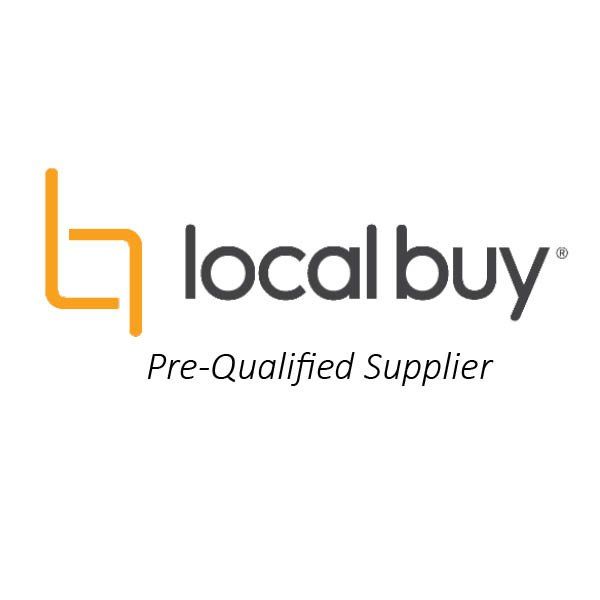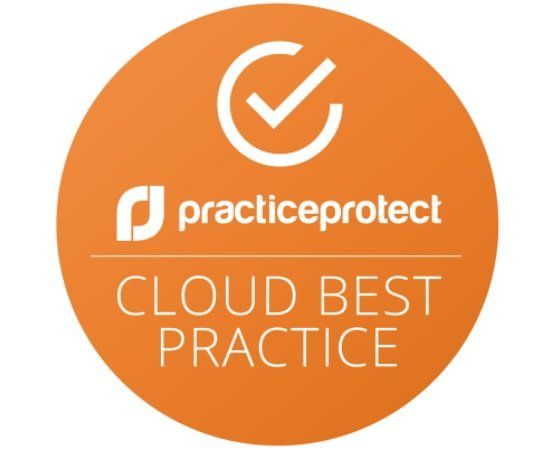Family Trust Elections
Family Trust Elections – How to avoid the 47% tax rate
If your family trust has made a Family Trust Election, please read this.

Family trusts and discretionary trusts are the same. Either might, or might not, have made a Family Trust Election (which limits the range of beneficiaries to a specific family group)
Typically, trusts distribute income to individual beneficiaries who are on low rates of tax. This is a very common strategy. Trusts also distribute income to “bucket” companies to take advantage of the 30% company tax rate.
Here is how it can go wrong.
The Smith Family Trust has made a Family Trust Election limiting the range of beneficiaries. To manage tax, the trust distributes part of its income to a bucket company Smith Holdings Pty Ltd which is wholly owned by John Smith and his wife and children who, of course, are all within the family group.
This is fine.
John’s daughter sells one of her shares to her new spouse, Peter, for $1, just to “get him involved”. Peter is not in the family group.
The next year the trust makes a distribution of $20,000 to Smith Holdings Pty Ltd. Because the company is no longer 100% owned by family group members, the trust distribution is now treated as going (indirectly) to someone outside the family group. The Smith Family Trust is therefore liable for $9,400 in addition to the $6,000 payable by the company ($20,000 x 30%).
Even though the “outsider” Peter might eventually benefit by a mere handful of dollars, the full Family Trust Distribution Tax of $9,400 will be levied.
Here is why it can go wrong. A Family Trust Election might have been made twenty or more years ago. Family members change and memories dim. Do you even know whether your Trust has made a Family Trust Election? If not, you would be well-advised to find out by 30 June 2025, which is the last date for you to document your proposed distributions for the year ended 30 June 2025.
Trust Distribution Resolutions must be dated no later than 30 June 2025. Otherwise, there could be more really bad news. If there is a default beneficiary in the trust deed, that person might be assessed on 100% of the trust income even though he or she did not receive it. If there is no default beneficiary, the trust itself will pay tax at 47%. If its net income is $100,000 it will pay $47,000 tax.
Trusts have risks and rewards. Please make sure you have the risks covered so you can enjoy the rewards with a peaceful mind.

















